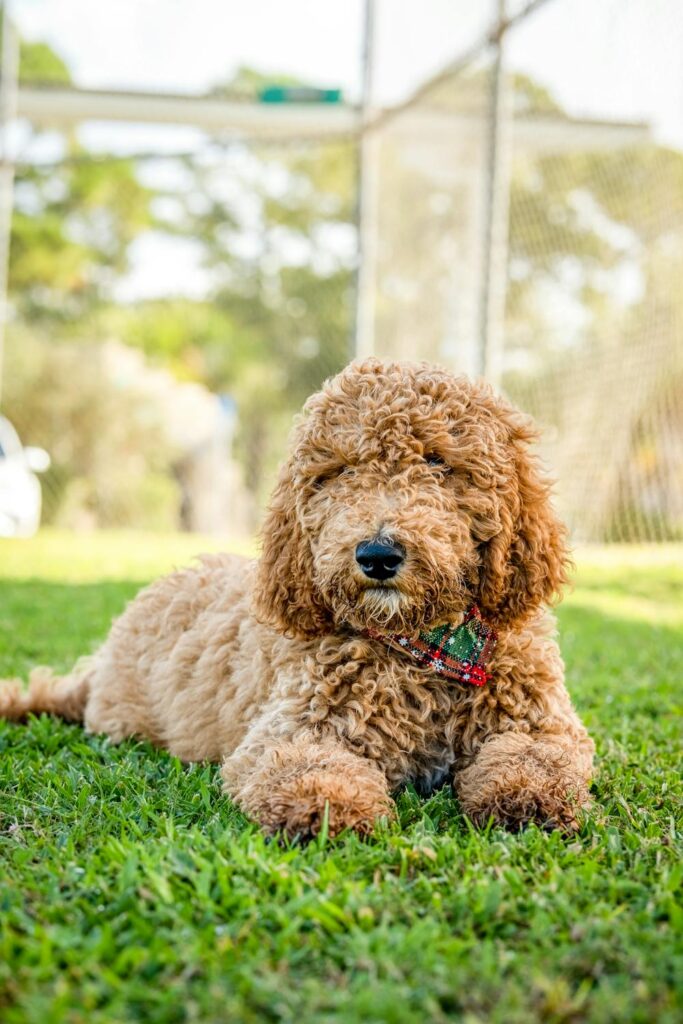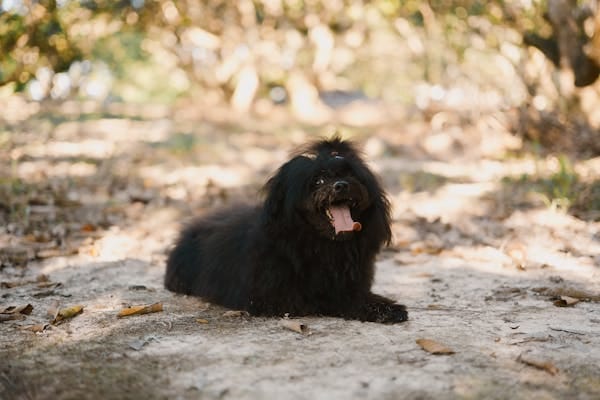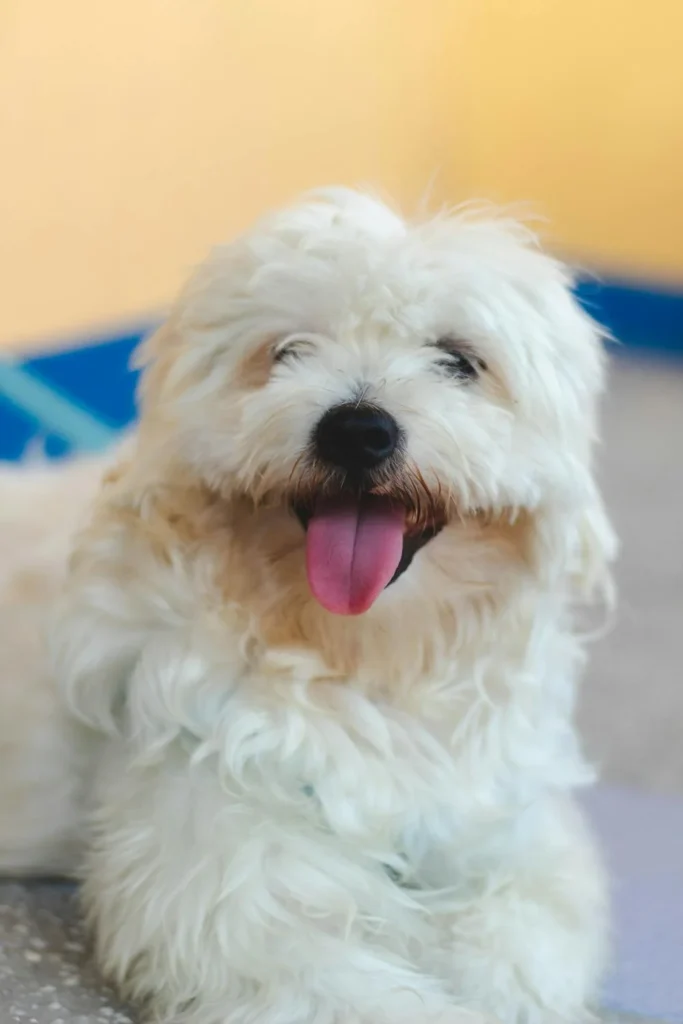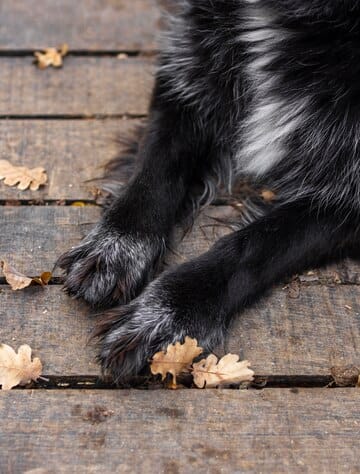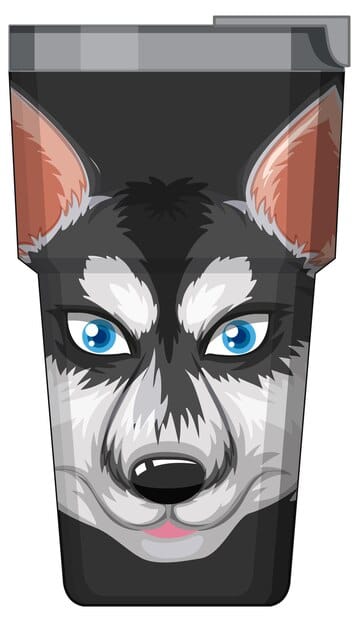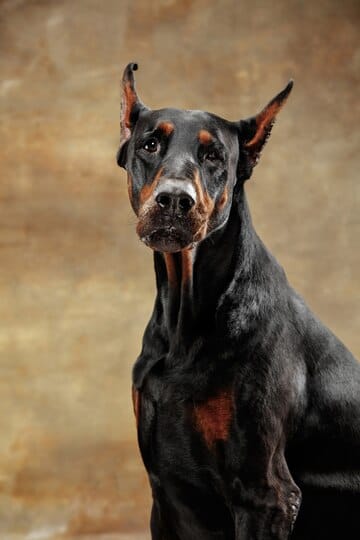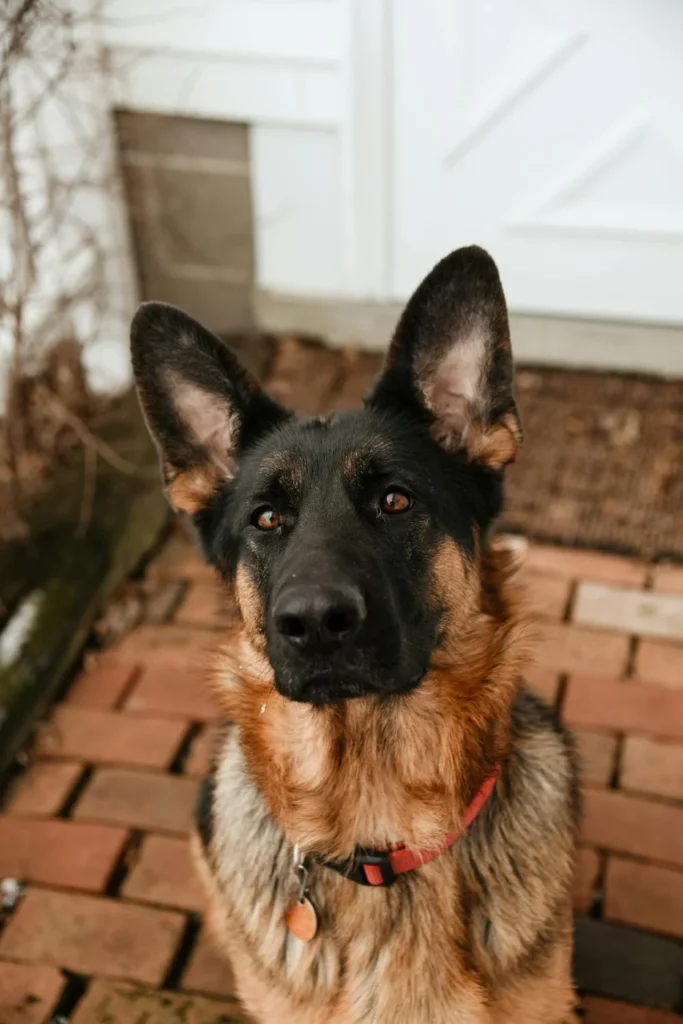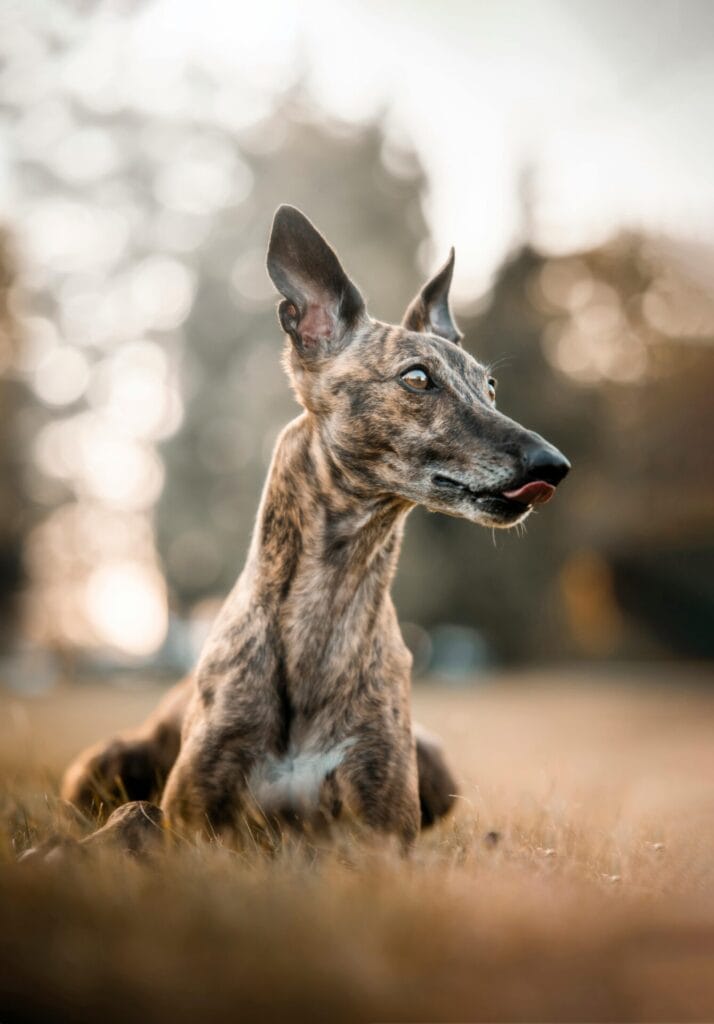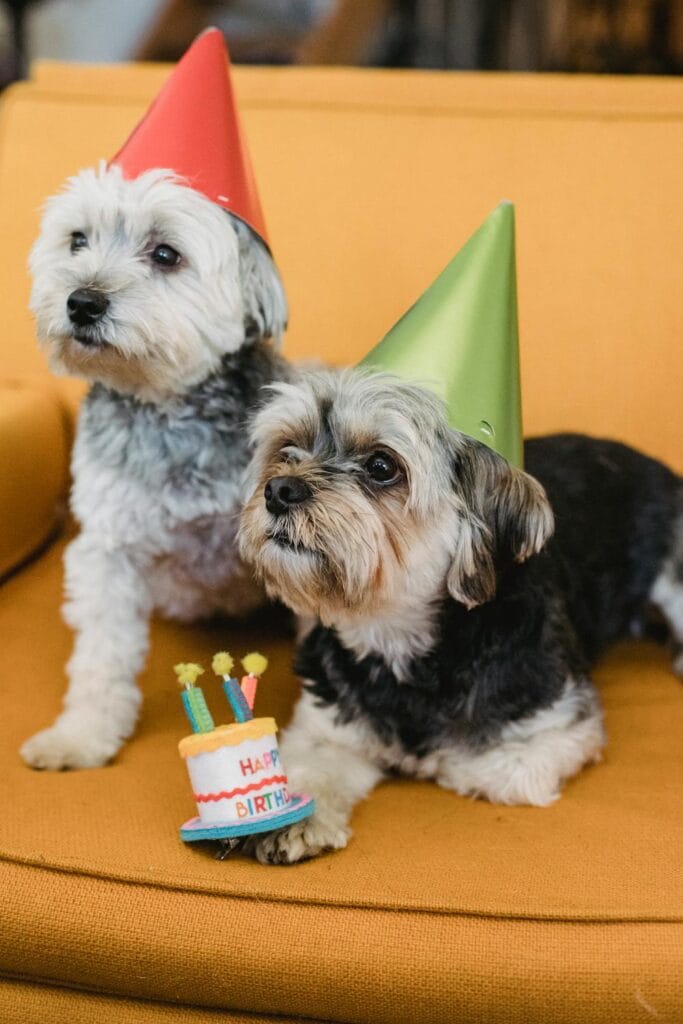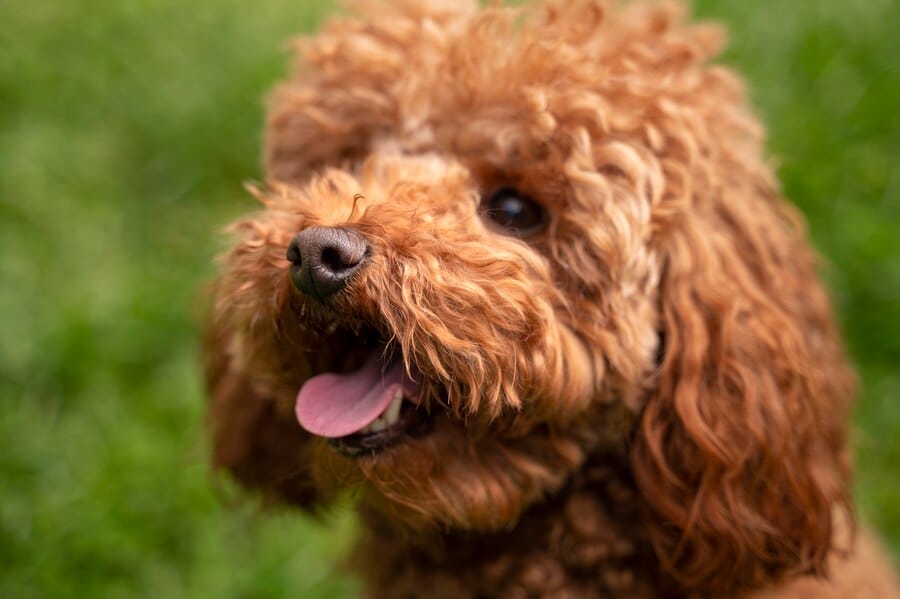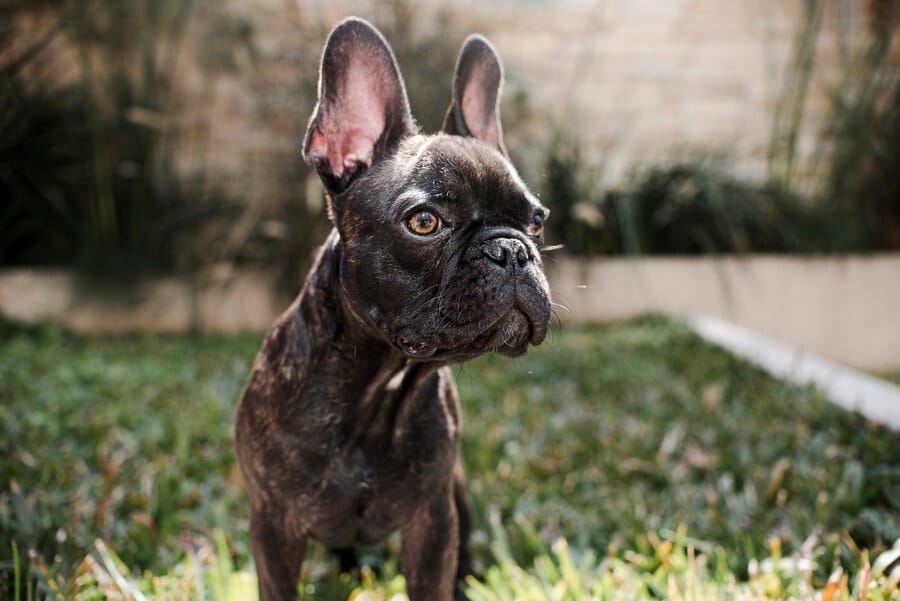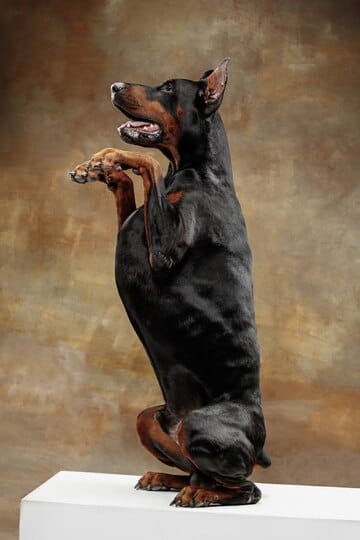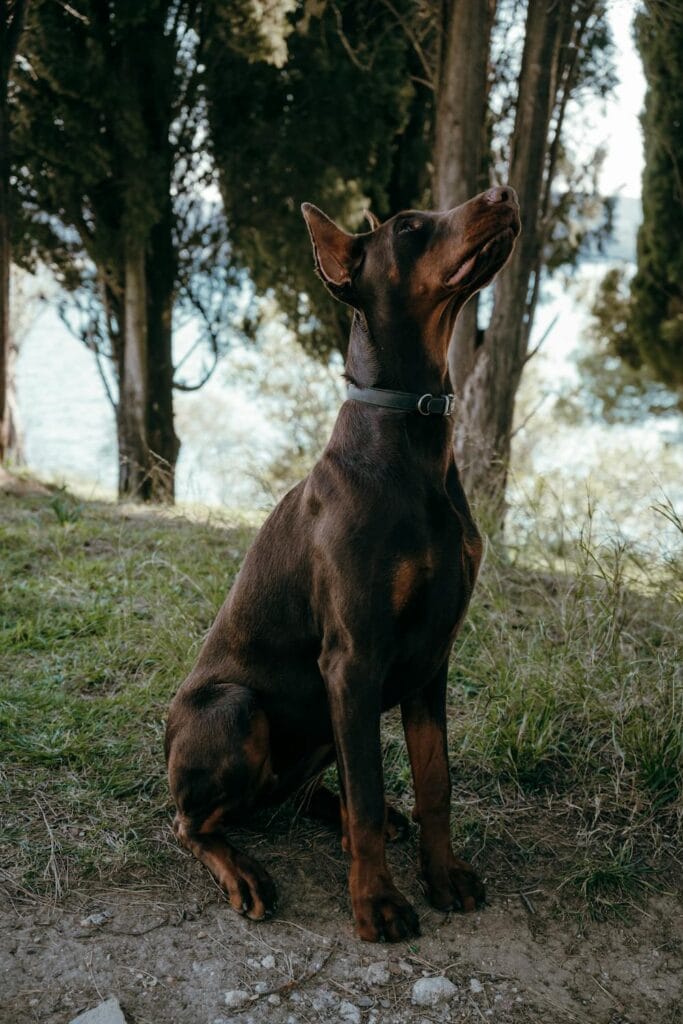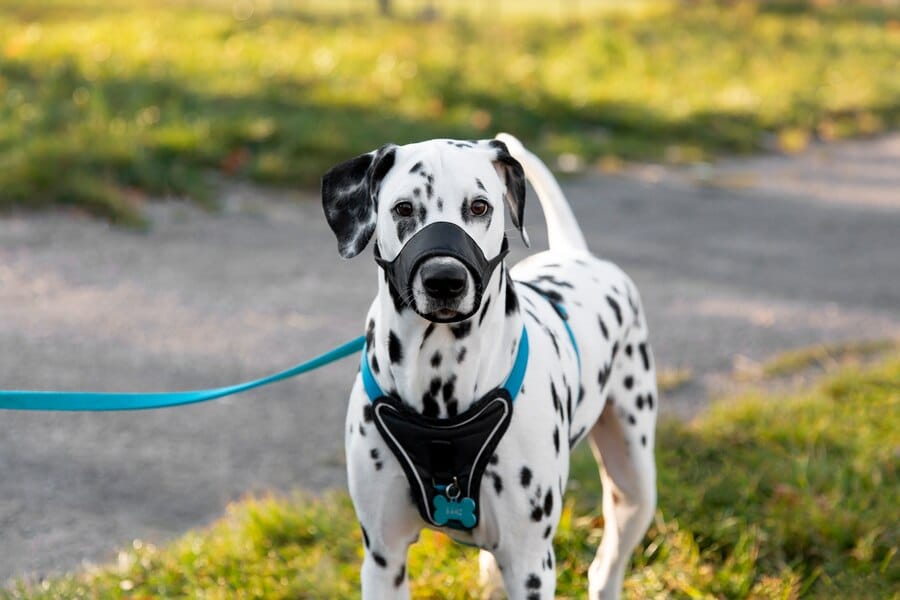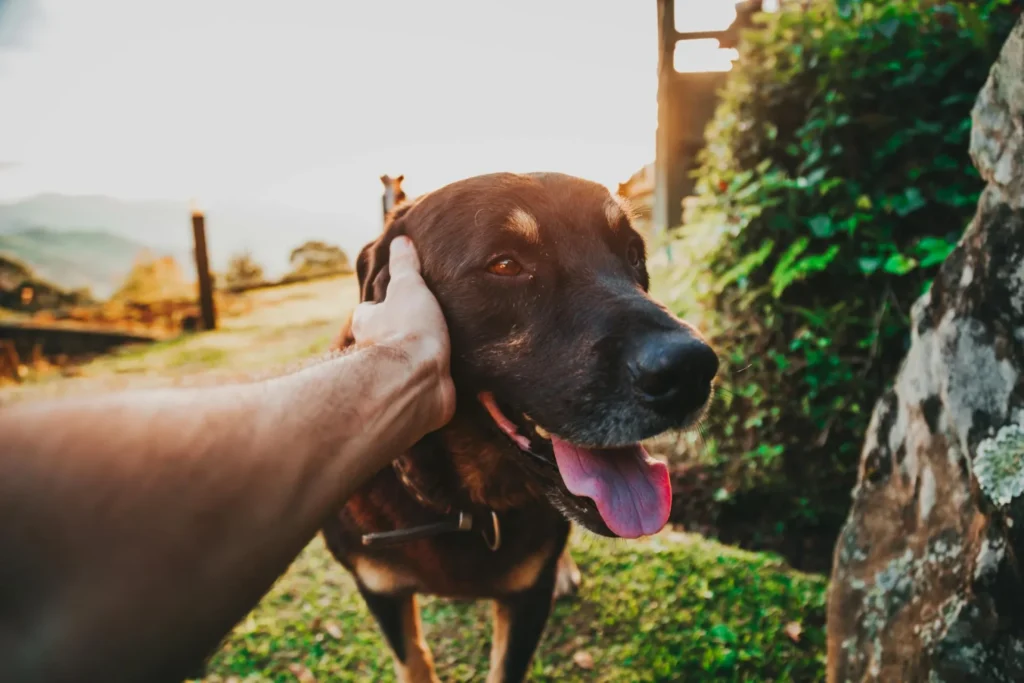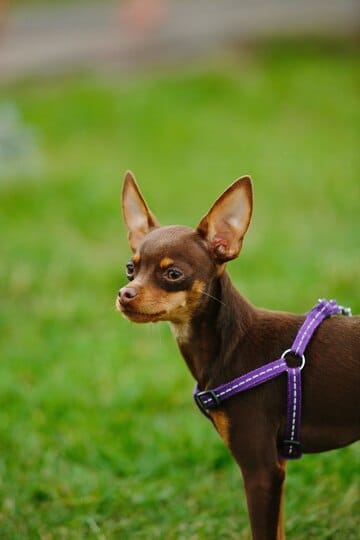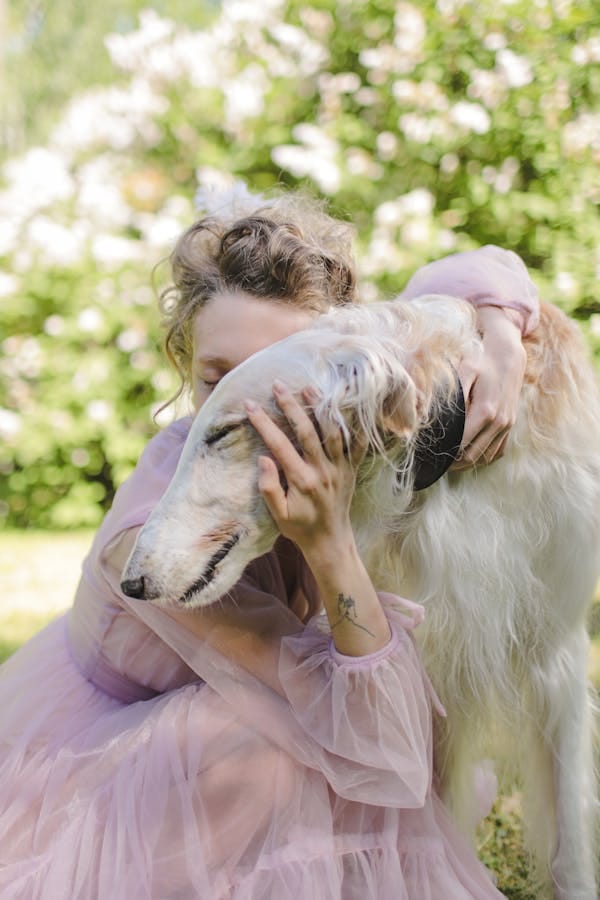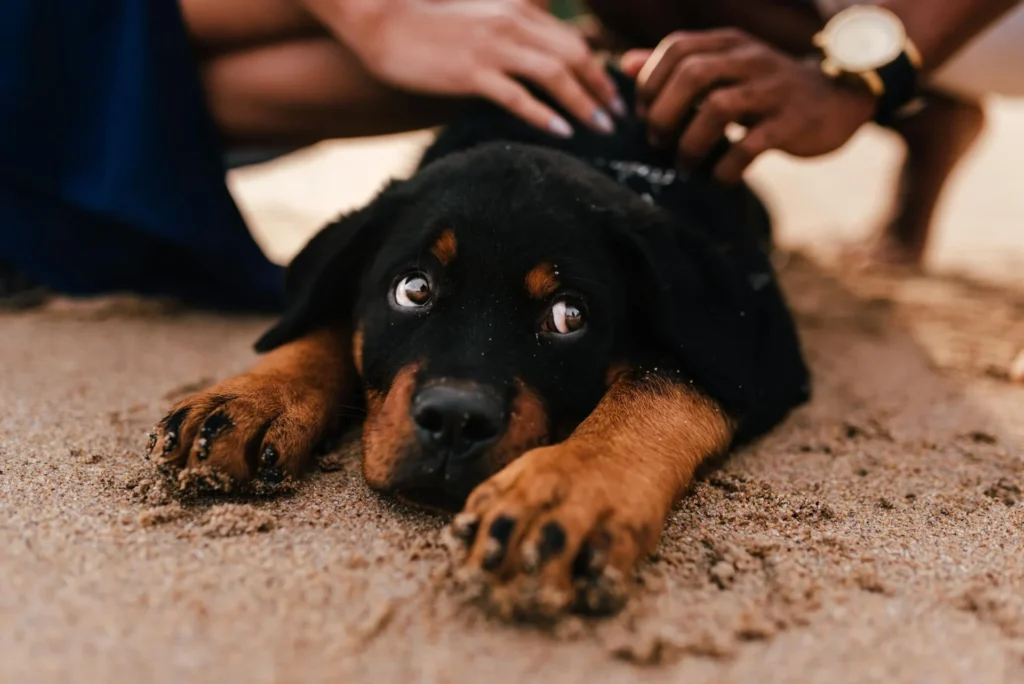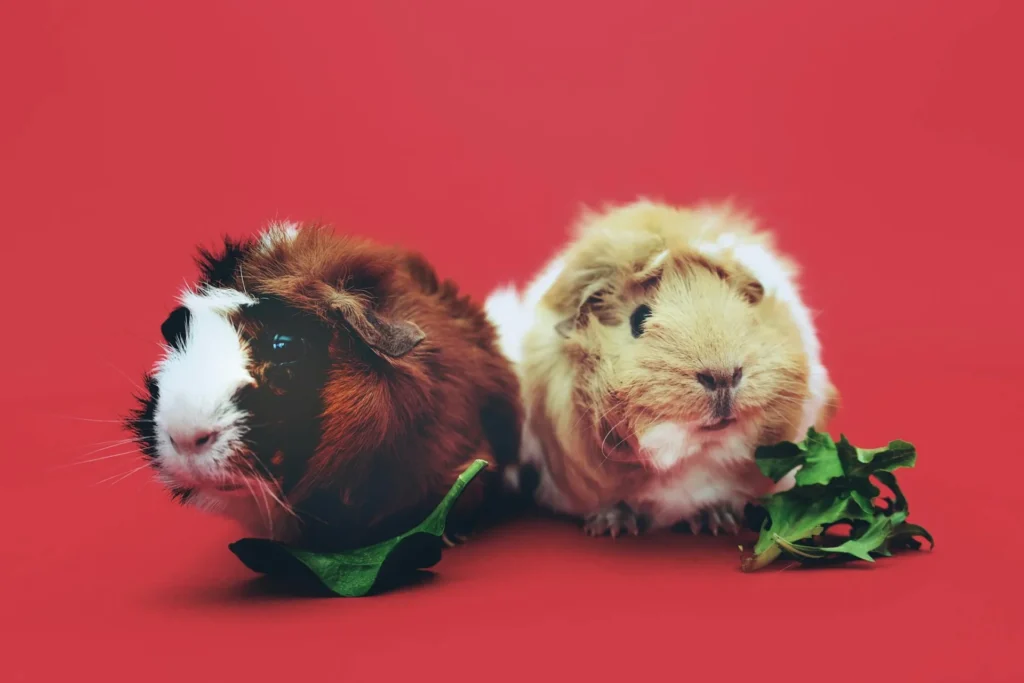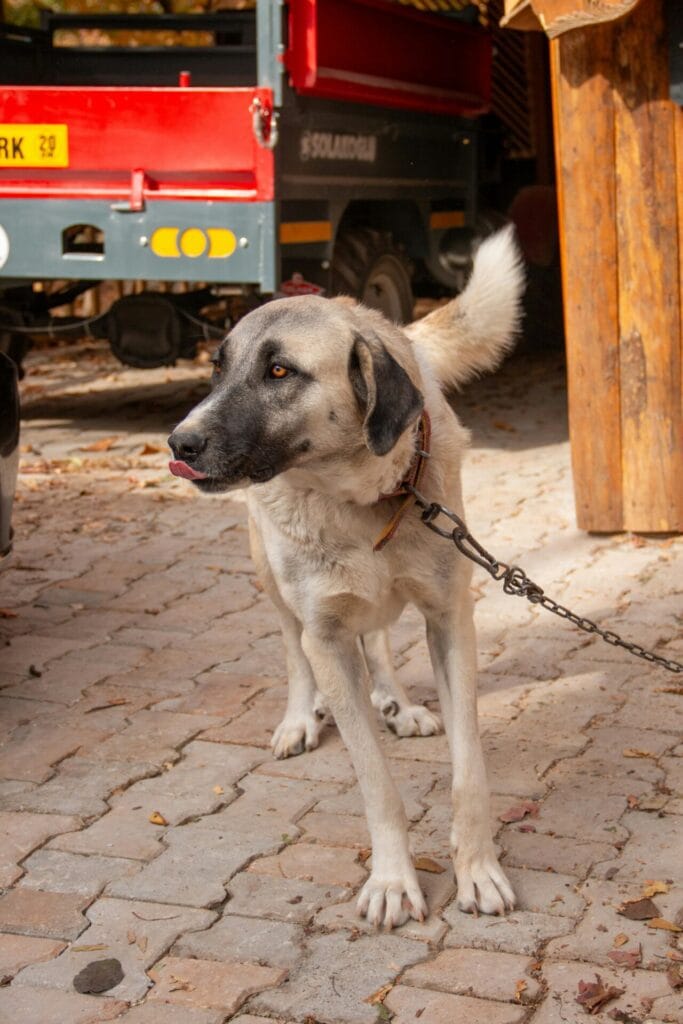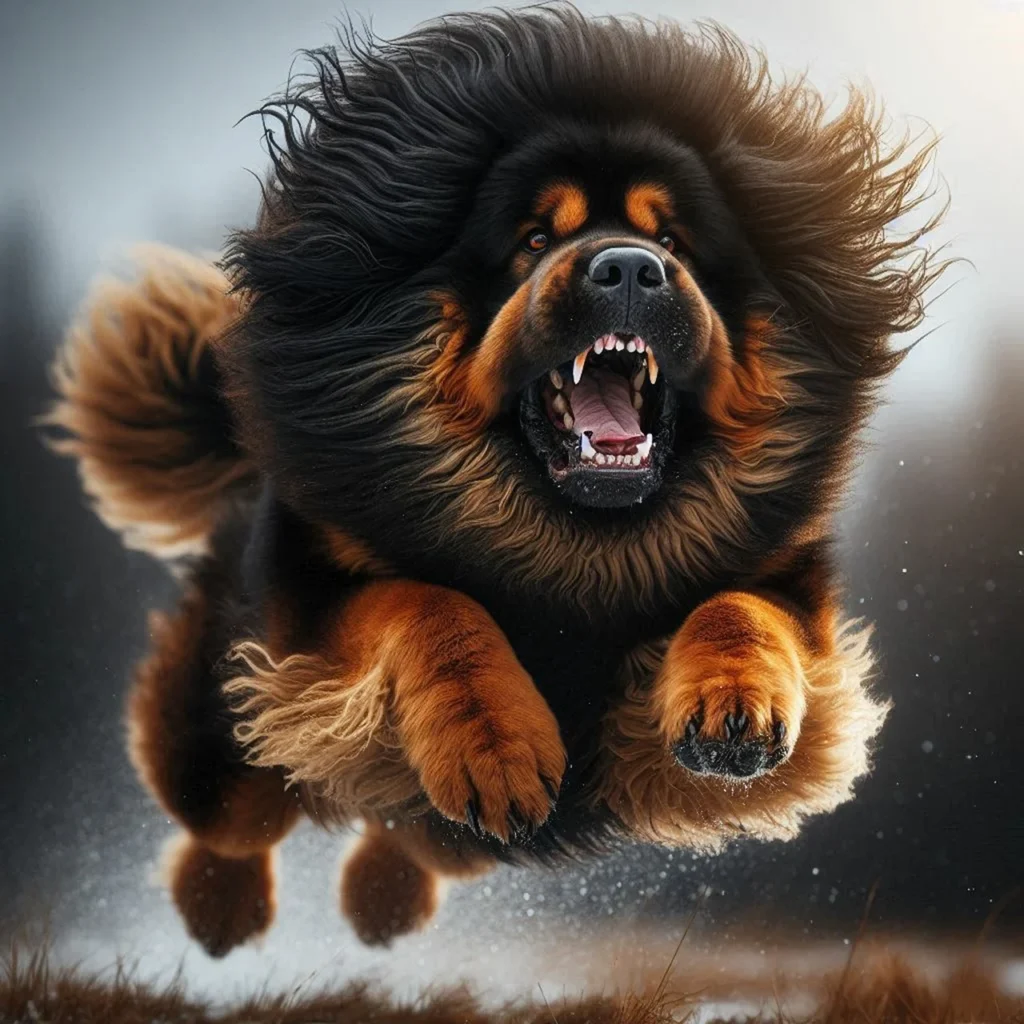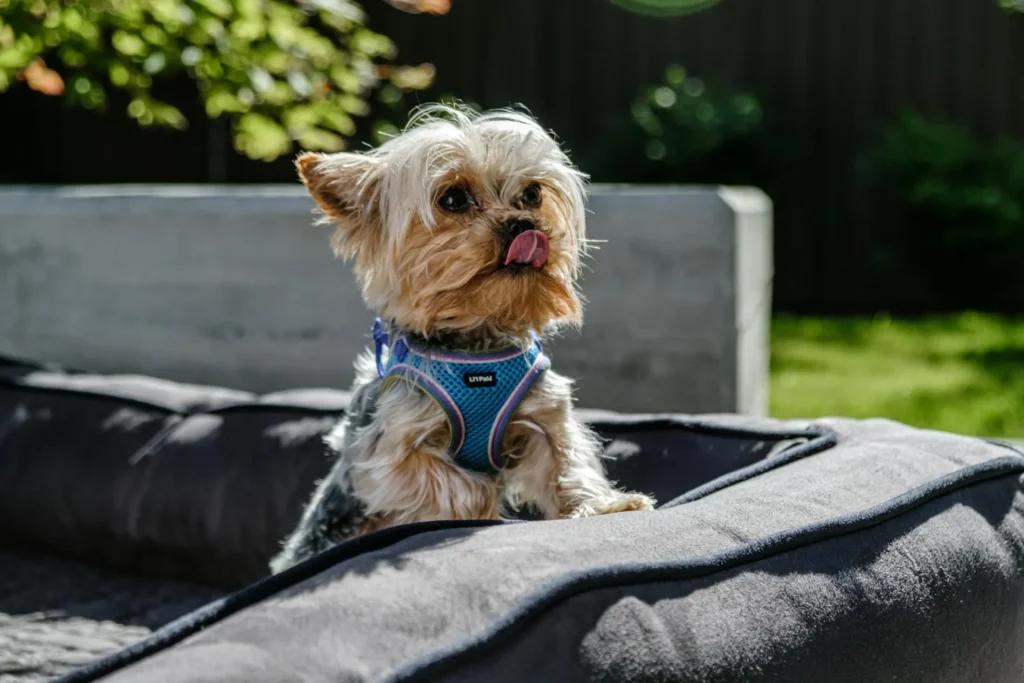- Why Poodle Owners Need to Know About Anal Glands
- Anatomy 101: The Ins and Outs of Anal Glands
- The Good, The Bad, and The Smelly: Normal vs. Abnormal Gland Function
- Signs and Symptoms: How to Tell If Your Poodle Has Gland Issues
- Poodle Varieties and Anal Gland Issues: Size Matters
- The Great Debate: Do Poodles Need Their Glands Expressed?
- DIY Gland Expression: A Step-by-Step Guide
- Professional Gland Expression: When to Seek Expert Help
- Prevention: Keeping Those Glands in Check
- When Glands Attack: Dealing with Complications
- The Nuclear Option: Surgical Removal of Anal Glands
- Poodle Gland Health Through the Ages
- FAQs: Everything You Were Afraid to Ask About Anal Glands
- The Bottom Line on Bottom Care
Why Poodle Owners Need to Know About Anal Glands
Let’s face it: discussing your poodle’s rear end isn’t the most glamorous topic. But as a responsible poodle parent, understanding anal gland health is crucial. These tiny sacs can cause big problems if ignored, affecting your poodle’s comfort and overall well-being. In this guide, we’ll cover everything you need to know – from basic anatomy to advanced care techniques.
Anatomy 101: The Ins and Outs of Anal Glands
Location and Structure
Anal glands, also called anal sacs, are two small, oval-shaped sacs located on either side of your poodle’s anus. They’re typically positioned at the 4 o’clock and 8 o’clock positions if you’re looking at your dog’s bottom.
Size and Capacity
- In most poodles, these glands are about the size of a small pea.
- They can hold between 1-2 ml of fluid each.
Function and Purpose
- Scent marking: The fluid contains pheromones unique to your poodle.
- Territory demarcation: That’s why dogs sniff each other’s behinds – they’re gathering information!
- Lubrication: The fluid helps ease the passage of stool.
- Evolutionary defense: In wild canines, the strong-smelling fluid can deter predators.
The Good, The Bad, and The Smelly: Normal vs. Abnormal Gland Function
Normal Function
In a healthy poodle, the anal glands express naturally during defecation. The firm stool applies pressure to the glands, causing them to empty.
When Things Go Wrong
Several issues can arise with anal glands:
- Impaction: The glands become clogged and can’t empty properly.
- Infection: Bacteria multiply in the glands, causing inflammation.
- Abscess: A severe infection can lead to pus-filled abscesses.
- Rupture: In extreme cases, the glands can burst open.
Signs and Symptoms: How to Tell If Your Poodle Has Gland Issues
Watch out for these telltale signs:
- 🍑 Scooting or dragging their bottom on the ground
- 👅 Excessive licking or biting at the anal area
- 💨 Strong, fishy odor coming from your poodle
- 😟 Visible discomfort when sitting or defecating
- 🔴 Redness or swelling around the anus
- 💧 Spots of blood or pus on bedding or where your poodle sits
- 🐕 Sudden aggression when the tail or hind area is touched
Poodle Varieties and Anal Gland Issues: Size Matters
Different poodle sizes can have varying propensities for anal gland problems. Let’s break it down:
| Poodle Variety | Likelihood of Gland Issues | Reasons |
|---|---|---|
| Toy | Higher | – Smaller anal glands – Often have softer stools – May be more prone to obesity |
| Miniature | Moderate | – Medium-sized glands – Stool consistency varies |
| Standard | Lower | – Larger glands – Usually have firmer stools – More active, aiding natural expression |
The Great Debate: Do Poodles Need Their Glands Expressed?
Here’s the scoop: Not all poodles need manual gland expression. Many empty their glands naturally when they poop. However, some poodles are more prone to issues. Let’s break it down by size:
| Poodle Variety | Likelihood of Needing Expression |
|---|---|
| Toy | Higher |
| Miniature | Moderate |
| Standard | Lower |
Why the difference? Smaller poodles often produce softer stools, which don’t create enough pressure to empty the glands naturally.
When Expression Is Necessary
- Your poodle shows signs of discomfort
- There’s a noticeable odor
- Your vet recommends it due to recurring issues
When to Leave Them Alone
- Your poodle shows no signs of problems
- The glands are emptying naturally
- Over-expression can lead to irritation or dependency
DIY Gland Expression: A Step-by-Step Guide
If you’re feeling brave, here’s how to express your poodle’s glands at home:
- Prepare: Gather gloves, lubricant, and paper towels
- Position: Have your poodle stand, or use the “wheelbarrow” position
- Locate: Feel for the glands at 4 and 8 o’clock around the anus
- Lubricate: Apply a small amount of lubricant to your gloved finger
- Express: Gently squeeze the glands upward and inward
- Empty: Continue until you see a brownish fluid released
- Clean: Wipe the area thoroughly and praise your poodle
⚠️ Caution: If you’re unsure or uncomfortable, always consult a professional.
Professional Gland Expression: When to Seek Expert Help
Benefits of Professional Expression
- Proper technique ensures complete emptying
- Professionals can spot abnormalities
- Less stressful for both you and your poodle
Where to Get It Done
- Veterinary clinics
- Professional groomers
- Some pet spas offer this service
Frequency of Professional Expression
- For poodles with recurring issues: Every 3-4 weeks
- For maintenance: Every 6-8 weeks or as recommended by your vet
Prevention: Keeping Those Glands in Check
Dietary Approaches
- Increase fiber: Add pumpkin or sweet potato to their diet
- Proper hydration: Ensure plenty of fresh water
- Consider probiotics: To promote healthy digestion
Lifestyle Changes
- Regular exercise: Keeps the digestive system moving
- Weight management: Obesity can contribute to gland issues
- Grooming: Keep the anal area clean and trimmed
Supplements and Natural Remedies
- Fish oil: Reduces inflammation
- Coconut oil: May help with lubrication
- Glandex: A supplement specifically for anal gland health
When Glands Attack: Dealing with Complications
Impaction
- Symptoms: Discomfort, scooting, licking
- Treatment: Manual expression, possibly antibiotics
Infection
- Symptoms: Redness, swelling, discharge
- Treatment: Antibiotics, warm compresses
Abscess
- Symptoms: Severe swelling, pain, fever
- Treatment: Drainage, antibiotics, possible surgery
Rupture
- Symptoms: Bleeding, sudden relief from pressure
- Treatment: Immediate veterinary care, antibiotics, possible surgery
The Nuclear Option: Surgical Removal of Anal Glands
In severe, recurring cases, your vet might recommend surgical removal of the anal glands.
Pros:
- Permanent solution to chronic issues
- No more need for expressions
Cons:
- Surgical risks
- Potential for incontinence (rare)
- Loss of natural scent marking ability
Poodle Gland Health Through the Ages
| Life Stage | Gland Health Considerations |
|---|---|
| Puppies (0-1 year) | – Rarely need expression – Focus on proper diet and exercise habits |
| Adults (1-7 years) | – Monitor for developing issues – Establish regular check-ups |
| Seniors (8+ years) | – May need more frequent care – Watch for age-related complications |
FAQs: Everything You Were Afraid to Ask About Anal Glands
- Q: Can anal gland issues affect my poodle’s behavior?
A: Yes, discomfort can lead to irritability or changes in bathroom habits. - Q: Is the smell from anal glands normal?
A: A slight musky odor is normal, but a strong, fishy smell indicates a problem. - Q: Can diet alone solve anal gland problems?
A: In some cases, yes. A high-fiber diet can significantly improve gland function. - Q: How often should I check my poodle’s glands?
A: Monitor for signs of discomfort weekly, but don’t express unnecessarily. - Q: Are certain poodle colors more prone to gland issues?
A: There’s no known correlation between coat color and anal gland problems.
The Bottom Line on Bottom Care
Caring for your poodle’s anal glands might not be the most glamorous part of pet ownership, but it’s crucial for their health and happiness. By staying informed and proactive, you can help your furry friend avoid the discomfort and complications of anal gland issues.
Remember:
- Stay vigilant for signs of trouble
- Maintain a healthy diet and exercise routine
- Don’t hesitate to seek professional help when needed
With proper care, your poodle can strut their stuff without any bottom-based blues! 🐩💃
🐾 Here’s to happy, healthy poodles from nose to tail! 🐾

